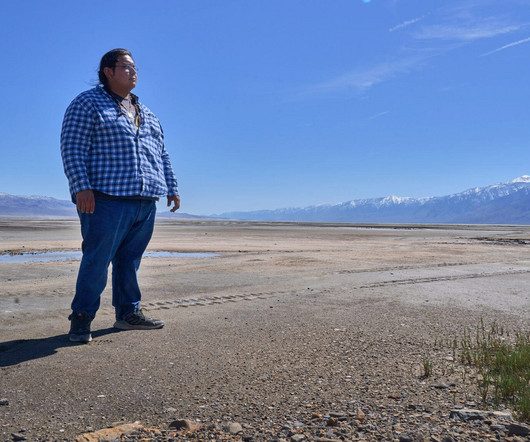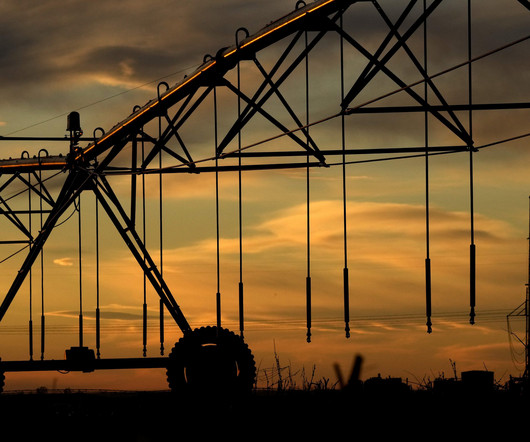In California, a native people fight to recover their stolen waters
Food Environment and Reporting Network
MAY 16, 2024
In the early 1900s, Los Angeles was a small city that was running out of water, and Payahuunadü , which means “the land of flowing water,” had lots of it. Renamed the Owens Valley by white settlers, the valley was a snow-capped patchwork of pear farms and cattle ranches. But by then, a new power player had entered the valley.












Let's personalize your content